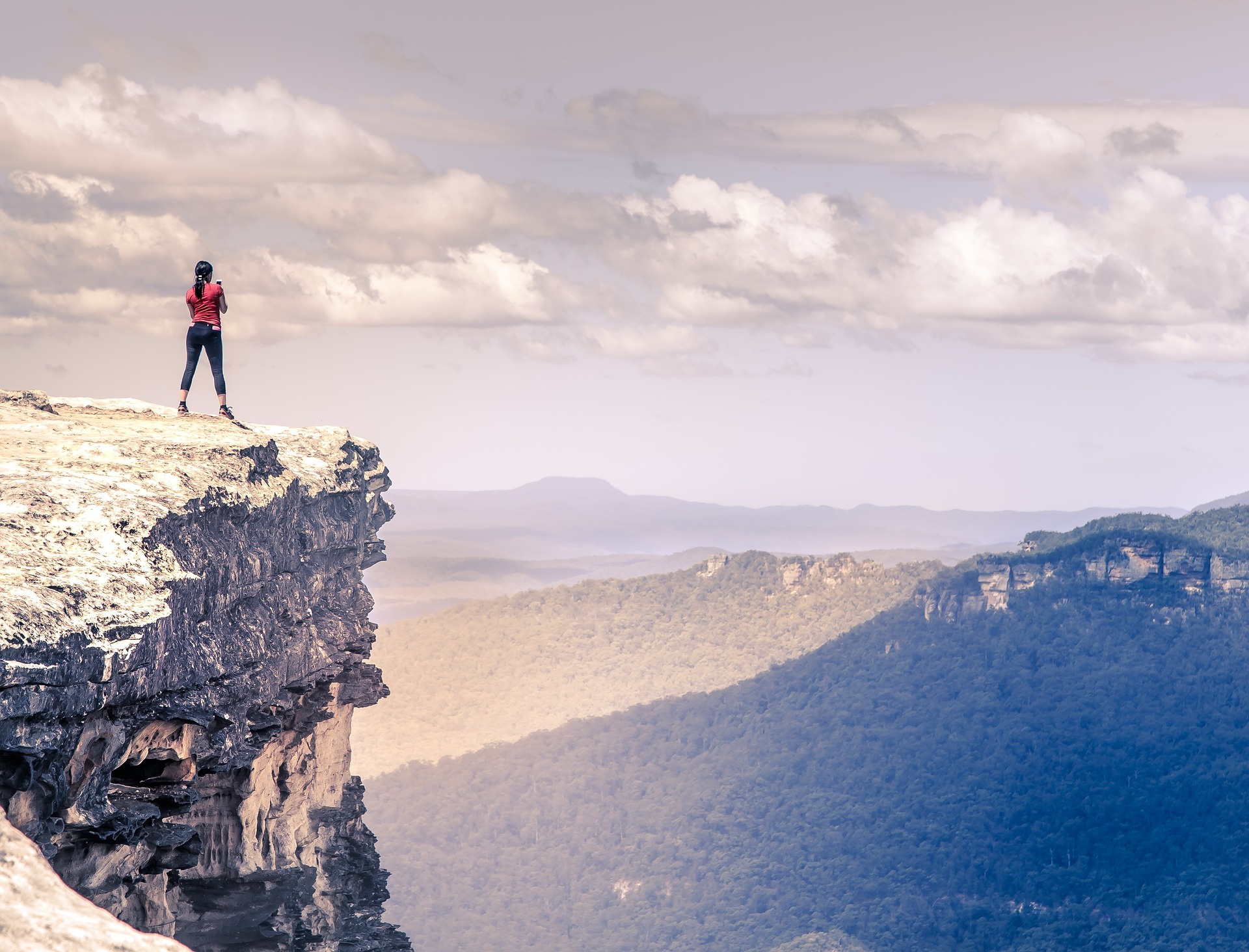Exploring the Enchanting World of Bioluminescent Travel
Embark on a journey that illuminates the night with nature's own light show. Bioluminescent travel is captivating adventurers worldwide, offering a mesmerizing blend of science and spectacle. This emerging trend in experiential tourism invites travelers to witness living organisms that produce their own light, creating ethereal landscapes that seem straight out of a fantasy realm.
The Science Behind the Glow
Bioluminescence is a natural phenomenon where living organisms produce and emit light. This process occurs in various species, from tiny plankton to larger creatures like fireflies and certain deep-sea fish. The chemical reaction responsible for this light production involves a molecule called luciferin and an enzyme called luciferase. When these components interact with oxygen, they create the stunning glow that fascinates observers.
In marine environments, bioluminescent dinoflagellates are often responsible for the glowing waters that attract tourists. These microscopic organisms light up when disturbed, creating a magical effect as waves crash or boats glide through the water. This defense mechanism serves to startle predators, but for humans, it’s a source of wonder and beauty.
Popular Bioluminescent Destinations
As awareness of this natural wonder grows, several locations have emerged as hotspots for bioluminescent tourism. Puerto Rico’s Mosquito Bay on Vieques Island is often cited as one of the brightest bioluminescent bays in the world. Here, kayak tours allow visitors to paddle through waters that glow an ethereal blue with each stroke.
In the Maldives, the beaches of Vaadhoo Island come alive at night with what locals call the Sea of Stars. This breathtaking display is created by marine microbes in the water, turning the shoreline into a mirror of the night sky above.
Australia’s Jervis Bay, about three hours south of Sydney, offers another stellar location for bioluminescent viewing. The bay’s calm waters provide perfect conditions for observing the phenomenon, especially during warmer months.
The Rise of Bioluminescent Tourism
The allure of bioluminescent travel has grown significantly in recent years, driven by social media and a desire for unique, natural experiences. Tour operators have responded to this increased interest by developing specialized excursions that cater to bioluminescent enthusiasts.
This trend aligns with the broader shift towards experiential and sustainable tourism. Bioluminescent tours often have a low environmental impact, as the main attraction requires no artificial infrastructure. However, the growing popularity of these destinations has raised concerns about potential negative effects on the delicate ecosystems that support bioluminescent organisms.
Challenges and Conservation Efforts
As bioluminescent tourism expands, challenges arise in balancing visitor access with environmental protection. Increased boat traffic and pollution can threaten the very organisms that create the spectacle. In response, many locations have implemented strict regulations to preserve these unique ecosystems.
For instance, in Puerto Rico’s bioluminescent bays, motorized boats are often prohibited, and the number of visitors is limited. Some tour operators use clear-bottom kayaks or electric boats to minimize disturbance to the water. Education is also a crucial component, with guides explaining the fragility of the ecosystem and the importance of responsible tourism practices.
The Future of Bioluminescent Travel
The future of bioluminescent travel looks bright, both literally and figuratively. As research advances, new locations and species are being discovered, expanding the possibilities for this niche tourism sector. Scientists are also exploring the potential applications of bioluminescence in fields like medicine and biotechnology, which could further increase public interest in these glowing phenomena.
Technology is playing a role in enhancing the experience as well. Some tour operators are experimenting with augmented reality to provide educational overlays during night tours, helping visitors understand the science behind what they’re seeing without disrupting the natural environment.
Illuminating Travel Tips
-
Best viewing times are typically during the new moon when skies are darkest
-
Warm, humid climates tend to have more consistent bioluminescent displays
-
Book tours with reputable operators who prioritize conservation
-
Avoid wearing insect repellent or sunscreen in bioluminescent waters
-
Bring a red-light flashlight to preserve your night vision
-
Consider visiting during off-peak seasons for a more intimate experience
Bioluminescent travel offers a unique opportunity to witness one of nature’s most enchanting displays. As this trend continues to grow, it highlights the importance of responsible tourism and the preservation of our planet’s most magical phenomena. By approaching these glowing destinations with respect and wonder, travelers can help ensure that future generations will also have the chance to experience the awe-inspiring beauty of living light.





